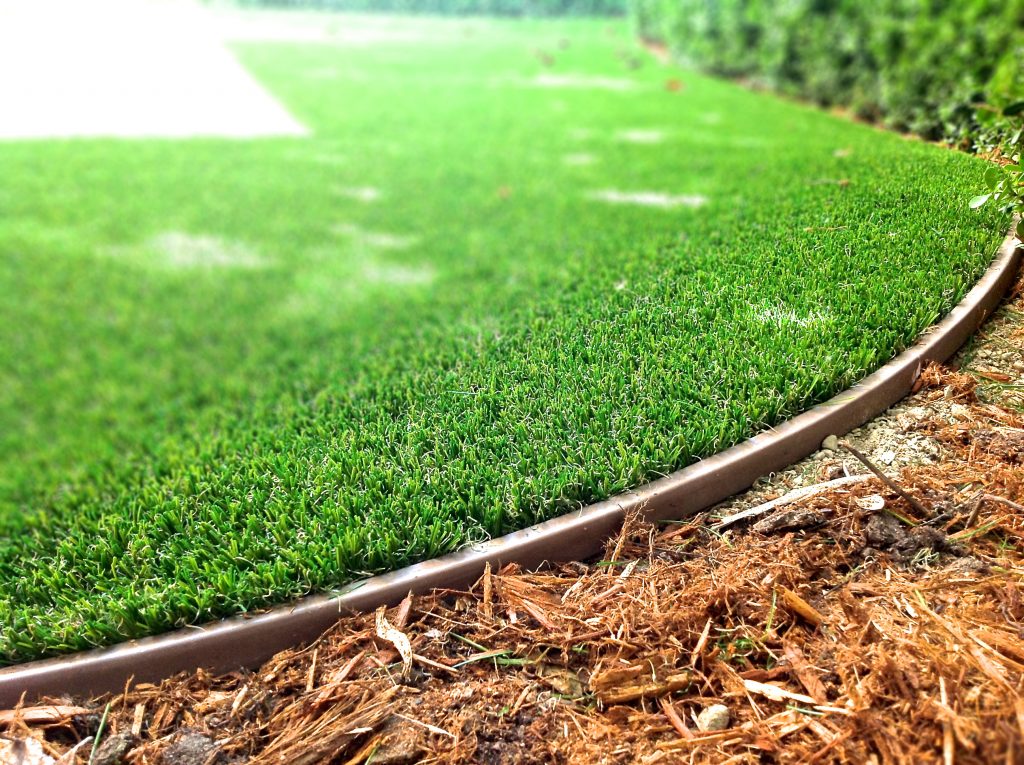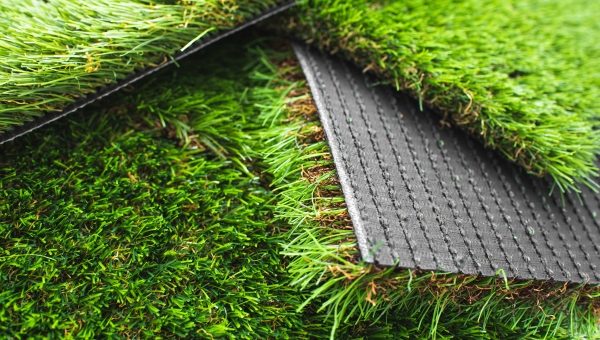Professional Arizona Turf Installation Solutions for Residential and Business Use
Professional Arizona Turf Installation Solutions for Residential and Business Use
Blog Article
Look Into the Environmental Conveniences of Opting for Synthetic Grass Solutions
The adoption of synthetic grass options offers an engaging opportunity to deal with pushing environmental obstacles. By dramatically lowering water use and lessening the application of dangerous chemicals, these alternatives not only advertise sustainable landscaping but likewise protect neighborhood ecosystems. The lower carbon footprint connected with decreased maintenance activities contributes to an extra sustainable method to land administration. However, the implications of these advantages extend past plain preservation initiatives, raising questions concerning their long-lasting influence on habitat preservation and overall environmental balance. Exploring these measurements discloses an intricate interplay worth considering.
Water Preservation Benefits
One of the most substantial advantages of man-made turf is its capacity to save water. In comparison, fabricated lawn does not require watering, considerably reducing the total demand for water sources.
By getting rid of the requirement for normal watering, synthetic grass contributes to lasting landscape methods and aids mitigate the environmental influence of too much water intake. The conservation of water extends to the reduction of runoff, which can lead to dirt disintegration and river air pollution.
Additionally, the installment of artificial grass allows districts and homeowners to assign water resources a lot more successfully, concentrating on important usages such as drinking water and agriculture. The change towards artificial lawn not just advertises liable water usage but also straightens with broader ecological goals aimed at maintaining natural sources.
As areas increasingly prioritize sustainability, the water conservation advantages of artificial grass present a compelling case for its adoption in commercial and property landscaping projects.
Minimized Chemical Usage
The change to fabricated grass significantly lowers the reliance on chemical therapies typically utilized in all-natural grass upkeep. Standard lawn management generally involves the application of herbicides, fertilizers, and pesticides to advertise development and control pests. These chemicals can posture threats to human wellness, regional wild animals, and the environment, contributing to soil and water contamination.
In contrast, artificial turf eliminates the demand for these dangerous compounds. By reducing the release of artificial substances into the environment, synthetic lawn promotes healthier dirt and water systems.
Additionally, the absence of chemical overflow associated with synthetic turf installments helps shield neighborhood rivers from pollution, supporting marine life and keeping biodiversity. Phoenix turf companies. As communities progressively focus on sustainable practices, going with artificial lawn presents a feasible option that straightens with environmental preservation goals. With this shift, property owners can enjoy lush eco-friendly rooms without compromising environmental health and wellness, leading the means for a more lasting future
Reduced Carbon Footprint

Additionally, the installment of Get More Information fabricated lawn can cause significant water conservation. All-natural grass require substantial amounts of water for watering, which not just adds to the carbon impact related to water removal and therapy yet also pressures local water resources. On the other hand, synthetic grass requires very little maintenance, calling for no watering, therefore significantly minimizing water use and its associated power prices.
In addition, the long life of man-made turf adds to its decreased carbon impact. With a lifespan of approximately 15 years or more, the requirement for regular replacements is lessened, leading to less waste and reduced power usage in manufacturing and taking care of conventional lawn options. Generally, artificial turf provides a lasting option for environmentally aware landscaping.
Habitat Conservation
Habitat preservation is a crucial consideration in the debate over landscape design choices, specifically when contrasting artificial turf to natural lawn. All-natural lawn lawns often require extensive upkeep, including using herbicides, chemicals, and fertilizers, which can negatively impact local ecosystems. These chemicals can leach into the soil and waterways, harming native flora and animals and interrupting neighborhood environments.
Man-made lawn gets rid of the need for unsafe chemicals, thus securing nearby wildlife and maintaining the stability of surrounding communities. The installment of artificial lawn can lead to the conversion of former lawn areas into more biodiverse landscapes, such as pollinator gardens or native plant areas, which can support neighborhood wildlife.
Eventually, the transition to synthetic grass not just preserves water and lowers upkeep initiatives however likewise promotes a much more harmonious connection in between human activities and the native environment, promoting environment preservation while doing so.
Long-Term Sustainability
Long-term sustainability is a vital consider examining the benefits of fabricated grass over standard grass lawns. Among the most considerable advantages of synthetic grass is its sturdiness; it can last approximately 15-20 years with very little upkeep, whereas natural turf needs constant reseeding and replacement. This durability minimizes the need for constant resources, such as water, plant foods, and chemicals, which are essential for keeping a healthy and balanced turf yard.
In addition, fabricated turf adds to a decrease in carbon exhausts connected with lawn treatment equipment. Traditional yards typically call for gas-powered lawn mowers, leaners, and blowers, every one of which add to air contamination. Artificial turf companies phoenix. try these out In contrast, synthetic grass eliminates the need for such devices, promoting a cleaner environment
Furthermore, the manufacturing of synthetic grass increasingly utilizes recycled materials, improving its sustainability profile. As makers take on eco-friendly techniques, the environmental footprint of synthetic grass proceeds to reduce.

Verdict
The adoption of synthetic grass options provides considerable environmental advantages, consisting of significant water preservation, reduced reliance on harmful chemicals, and a lower carbon impact. Man-made turf aids in preserving natural habitats by minimizing land disruption and promoting lasting sustainability through the use of resilient products. Collectively, these elements highlight the potential of synthetic grass to add favorably to environmental health and wellness and use a feasible choice to traditional landscape design methods in an increasingly resource-conscious globe.
In comparison, artificial lawn does not need watering, substantially minimizing the total demand for water sources. By reducing the launch of synthetic compounds into the ecological community, man-made turf promotes healthier soil and water systems.
Additionally, the installation of artificial lawn can result the original source in considerable water conservation. In comparison, man-made turf needs very little upkeep, needing no watering, consequently significantly minimizing water usage and its associated energy expenses.

Report this page